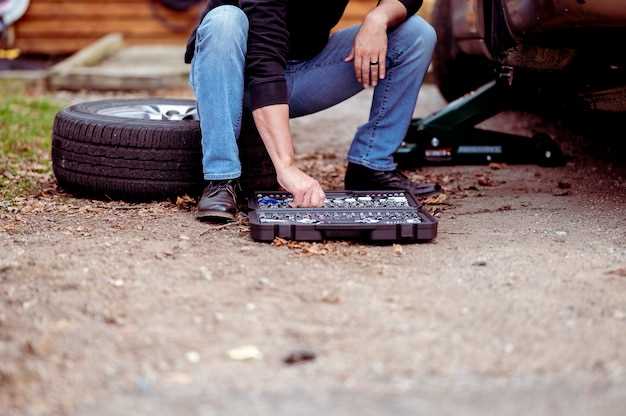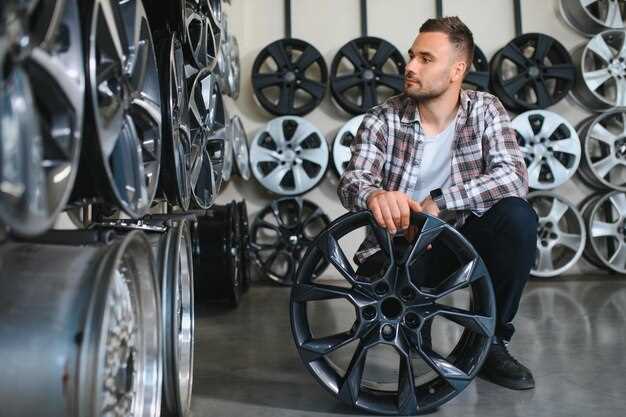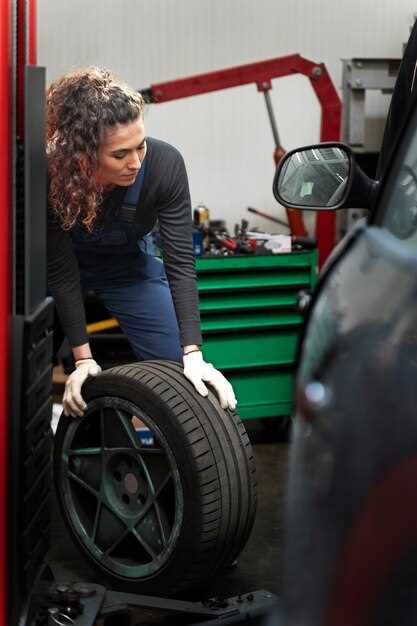
When it comes to maximizing traction on the drag strip, selecting the right radials is crucial. The appropriate drag radials can significantly impact your vehicle’s performance, allowing you to harness the full potential of your engine. With so many options available, understanding the specific requirements of your vehicle and the conditions of the track is essential for making an informed decision.
Drag radials are designed to offer a unique blend of flexibility and stability, enabling vehicles to achieve optimal grip during acceleration. The right set of radials can enhance your launch, reducing tire spin and improving your time at the strip. It’s vital to consider factors such as tread design, sidewall construction, and compound when evaluating drag radials, as these elements can greatly affect traction and overall performance.
In this article, we will explore the key features of drag radials, offer tips for selecting the best options for your specific vehicle, and discuss the importance of proper maintenance to ensure consistent performance. By understanding these factors, you can make a well-informed choice that will propel you toward success on the track.
Understanding Different Types of Drag Radials Available
When it comes to drag racing, selecting the right tires is crucial for maximizing traction and performance. Drag radials are specifically designed to provide optimal grip during acceleration, which can significantly affect your vehicle’s performance on the track. Here, we will explore the various types of drag radials available and their unique characteristics.
Street Legal Drag Radials are designed to be used on both the street and the drag strip. They offer a balance between traction and everyday usability, featuring a tread pattern that allows for efficient water dispersion while still providing substantial grip. These tires are perfect for drivers who want to enjoy both street performance and competitive racing without switching tires.
Race-Spec Drag Radials are tailored for track use. They usually have a softer rubber compound that enhances traction significantly, enabling faster launch times. However, they may not perform well in wet conditions or last as long on daily drives. If your primary focus is on achieving the best possible performance at the track, these tires are an excellent option.
All-Season Drag Radials combine some features of traditional all-season tires with drag racing capabilities. They are designed to provide decent traction while retaining the versatility for varying weather conditions. While they may not offer the same level of grip as dedicated drag radials, they can be a practical choice for those who need an adaptable solution.
High-Performance Drag Radials typically feature advanced tread designs and specialized compounds that enhance traction under high-stress conditions. These tires are perfect for high-powered vehicles and can withstand the rigors of hard launches while minimizing wheel spin. They are preferred not only by drag racers but also by car enthusiasts looking for an edge in performance.
In summary, understanding the different types of drag radials available is essential for choosing the best tires for your specific needs. Whether you prioritize street legal versatility, race-ready traction, or all-season adaptability, there is a drag radial designed to meet your requirements and enhance your vehicle’s drag performance.
Assessing Your Vehicle’s Requirements for Optimal Traction

To achieve the best traction for your vehicle, it is essential to evaluate several key factors that influence performance. First, consider the type of engine your vehicle has. Vehicles with high horsepower or torque output will require specialized drag radials designed to handle the immense power delivered to the wheels. Using radials that are insufficient for your engine’s capabilities may lead to traction loss, resulting in slower acceleration and inconsistent performance.
Next, examine your vehicle’s weight distribution. A balanced weight distribution can significantly enhance traction, especially during hard launches. If your vehicle is front-heavy or rear-heavy, you may need to select drag radials that optimize grip based on this characteristic. Additionally, altering suspension settings can further improve how the tires interact with the road, maximizing the tire’s contact patch.
The type of surface on which you will be racing or driving is another crucial consideration. Drag radials are engineered for specific surfaces, and understanding the grip characteristics of your chosen venue will help you choose the right tire compound. Softer compounds may work best on clean asphalt, while harder compounds might be necessary for less-than-ideal surfaces.
Lastly, weather conditions play a significant role in traction. Wet or cold conditions require different considerations than warm, dry tracks. Selecting appropriate radials that perform optimally under the specific atmospheric conditions will enhance your vehicle’s capability to maintain traction. Always ensure that your tire choice aligns with the expected driving environment to maximize performance and safety.
Evaluating Performance Factors: Size, Compound, and Tread Design
When selecting drag radials, understanding performance factors such as size, compound, and tread design is crucial to achieve optimal results on the track. Each aspect plays a significant role in how your vehicle performs under intense acceleration and traction requirements.
Here’s a breakdown of these key factors:
1. Size
The size of drag radials significantly impacts traction and stability. Consider the following:
- Width: Wider tires provide a larger contact patch, which enhances grip. However, too wide can affect handling.
- Aspect Ratio: A lower aspect ratio typically improves stability but may reduce comfort during regular driving.
- Diameter: Ensure that the diameter fits your vehicle’s specifications while maintaining the ideal gear ratio for acceleration.
2. Compound

The rubber compound used in drag radials greatly influences traction and wear characteristics. Key points include:
- Soft Compounds: These offer superior grip but wear faster. Ideal for track use.
- Harder Compounds: Provide longer lifespan and are suitable for street use, but may sacrifice traction in drag scenarios.
- Seasonal Considerations: Some compounds are designed for specific weather conditions. Select based on your racing environment.
3. Tread Design
Tread design can affect performance in various ways. Consider the following factors:
- Siping: Small cuts in the tread can improve grip by providing additional biting edges.
- Groove Patterns: Minimal grooves are typical in drag radials to maximize the contact patch and enhance straight-line traction.
- Shoulder Design: A stiffer shoulder can aid in cornering capability without sacrificing straight-line performance.
In summary, when selecting the best drag radials for your vehicle, carefully evaluate size, compound, and tread design. Each element contributes differently to overall performance, and striking the right balance is essential for achieving the best results on the drag strip.



